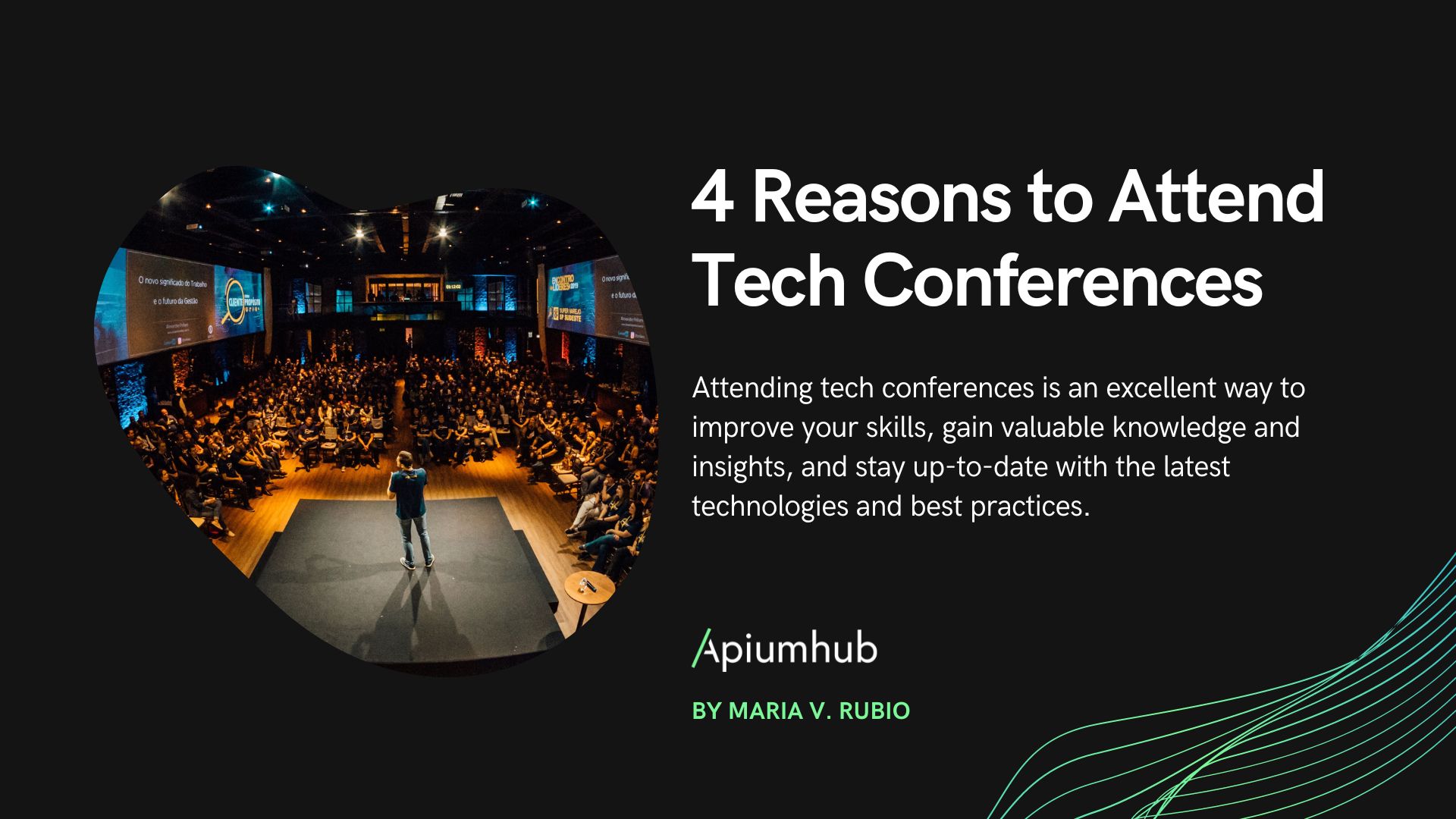Table of Contents
As you could see this year we go to many events related to technology and digital marketing, this event was different, it was very specific, it was about m-commerce in the fashion industry. The event was absolutely fantastic! It was held in CaixaForum in Barcelona. The venue itself was perfect for conferences and networking.
During this event we had a chance to participate in the debates regarding how m – commerce is changing the fashion industry and what other changes to expect due to the fast technology evolution.
We were lucky to be part of real-time discussions with speakers, who work in the fashion industry and have different digital strategies but what they have in common is acceptance that m-commerce is not a question “ to do or not to do” , its a question about “how to do it”.
After listening to the main digital leaders in Spain like Privalia, Bestseller, Haywkers, Brainsins, WGSN and others, here we want to list down our 10 key findings:
10 key findings for m-commerce
1. M-commerce became an essential part of the fashion industry and mobile app is a primary point of differentiation. Mobile app shouldn’t be a copy of your website or your catalogue, it should be adapted to the target, that buys via mobile.
2. Social networks and apps should not to be avoided in the rise of m-commerce, as shoppers seek out user-generated online content before making a purchase. Instagram, fashion and lifestyle blogs, social selling platforms are used along the customer journey ahead of completing a purchase
3. Mobile app itself is not enough. The most difficult thing is not to attract people to download your app – it depends on your budget and creativity, but the most important thing is to retain customers, make them go to your mobile app over and over again. Therefore digital marketing tools such as beacons and augmented reality are absolutely needed.
4. Now online and offline should be interconnected and help each other to sell more, provide clients digital tools, that engage them in the process of purchase and make them have more fun. For example, now there are a lot of shopping malls that use geofencing and ibeacons in order to influence potential clients at the moment they are more receptive. Or attract tourists to the shop with a special promotion sent via push notification and this tourist can be easily converted in to a buyer. What is more, mobile apps allow people save time and time nowadays is more than just money, it’s everything! Therefore instead of waiting in a queue when you already know what you want to buy, you can purchase it online via mobile app and receive your product at home. Flagship stores are just as much a branding tool as they are a sales channel so they are certainly necessary even when digital sales eclipse brick & mortar stores. Mobile devices will serve as lead generation for brick & mortar store foot traffic through exclusive, time-sensitive, and geo-relevant offers.
5. Online shopping is really about three activities : browsing, researching and purchasing. Mobile really helps would-be-consumers browse their product choices and helping them to fill up idle moments with critical product research.
6. There are three main ways to capture consumer attention :
Push Notifications. These are the text-message style pop-ups that anyone who downloads an app can opt in to receive. With email open-rates steadily declining, the push notification is an appealing new marketing channel for fashion brands that attracts people ! Usually, consumers accept push notifications: about 90% of downloaders will opt in to receive these messages.
Geo-fencing. This is when your phone knows exactly where you are, so that apps can send you location-specific deals, invitations and promotions. For fashion brands, it is an outstanding tool to link the dots and combine personalized online and offline experience.
Personalisation. This is where retailers can leverage on customers who have downloaded their app, and capitalize on the social web, by linking up with customer’s Facebook account, to show them what products their friends have liked, or by keeping track of what products they browse and offering them special discounts.For fashion brands, there is no doubt that mobile is going to continue to play a critical role. Recent studies have shown that people who are 25-34 year olds prefer to purchase products via mobile app. What is more, a survey by the Luxury Institute showed that 67% of wealthy smartphone users regular shop on their devices.
7. Fashion brands should focus their attention not only on app functionalities, but also on user experience
8. The fashion consumer is more receptive to impulse purchases: six out of ten sales occurring within 24 hours of the purchase journey being started.
9. Consumers keep demanding 24/7 access, across all the channels and mobile app can be used whatever time at whatever place.
10. Fashion Industry Leads M-Commerce Worldwide with 33% of purchases in the sector now deriving from mobile. In the UK the figure reaches almost half (49%) – the highest rate among markets featured in the report, with Japan (46%), Netherlands (40%), USA (37%) Germany (36%) and Spain ( 29%)
This article I want to end up with a very good quote : “Technology is driving the innovation. Technology is driving the creativity” – Ron Kind
Don’t forget to subscribe to our monthly newsletter to receive latest news in the technology industry!
If you found this article interesting, you might like…
- Top business blogs to read
- Human-centered innovation
- Barcelona makes it to the top 5 of innovation hubs
- Top smart city projects to watch
- Blockchain technology: use cases, statistics, benefits, startups & events
- Barcelona; one of the best smart cities in Europe
- Disruptive innovation to track
- The era of unicorns
- Top 20 promising startups in Barcelona
- IOT projects that may change the world
Author
-
Ekaterina Novoseltseva is an experienced CMO and Board Director. Professor in prestigious Business Schools in Barcelona. Teaching about digital business design. Right now Ekaterina is a CMO at Apiumhub - software development hub based in Barcelona and organiser of Global Software Architecture Summit. Ekaterina is proud of having done software projects for companies like Tous, Inditex, Mango, Etnia, Adidas and many others. Ekaterina was taking active part in the Apiumhub office opening in Paseo de Gracia and in helping companies like Bitpanda open their tech hubs in Barcelona.
View all posts









